The 5 Second Rule
Transform your Life, Work, and Confidence with Everyday Courage
What's it about?
The 5 Second Rule is a revolutionary self-help book that presents a simple yet powerful technique to overcome procrastination, self-doubt, and fear. The premise is to count down from 5 and take action before your mind talks you out of it. Robbins combines science, personal anecdotes, and practical advice to help readers break out of their comfort zones and achieve their goals.
About the Author
Mel Robbins is an American motivational speaker, author, and television host known for her practical and straightforward approach to self-help and productivity. She gained prominence with her book "The 5 Second Rule," which focuses on the power of decision-making to overcome procrastination and drive personal change. Her work emphasizes action, courage, and simplicity.
10 Key Ideas of The 5 Second Rule
Count Down from 5 to 1 Before Taking Action
When you feel hesitation before doing something you know you should do, count down from 5 to 1 and then physically move or start the action.
This interrupts the habit loops of procrastination and self-doubt by engaging the prefrontal cortex, making it easier to break the cycle of inaction.
Learn DeeperIdentify a task you've been avoiding: Start small. It could be something as simple as making your bed in the morning or responding to an email you've been putting off.
Use the 5 Second Rule when hesitation hits: As soon as you feel yourself hesitating, start counting down out loud, '5-4-3-2-1,' and then immediately take physical action towards completing the task.
Incorporate the rule into your morning routine: Use it to get out of bed on time. When your alarm goes off, count down '5-4-3-2-1' and get up without hitting the snooze button.
Apply it to break a bad habit: Whenever you're about to engage in a habit you're trying to break, like reaching for junk food or skipping a workout, count down and choose an alternative action that aligns with your goals.
- Example
Example 1: You're sitting on the couch, knowing you should go for a run but feeling unmotivated. Instead of succumbing to procrastination, you say '5-4-3-2-1' and stand up, put on your running shoes, and head out the door.
- Example
Example 2: You've been delaying starting a project at work because it feels overwhelming. When you think about it, instead of opening a social media app to distract yourself, you count down '5-4-3-2-1,' open your project file, and begin by organizing your tasks.
Set Your Alarm 30 Minutes Earlier
By setting your alarm 30 minutes earlier than usual, you commit to creating time for yourself that can be used productively towards personal goals or simply to have a more relaxed start to the day.
This act of getting up earlier than necessary is a form of self-discipline that reinforces your ability to make and stick to decisions.
Learn DeeperPlan Your Morning the Night Before: Before going to bed, take a few minutes to jot down what you'd like to accomplish with your extra 30 minutes in the morning. This could be anything from meditation, reading, exercise, or simply enjoying a quiet cup of coffee. Having a plan will make you more likely to follow through.
Place Your Alarm Clock Across the Room: This forces you to physically get out of bed to turn it off, making it less tempting to hit snooze and go back to sleep. Once you're up, it's easier to stay up and start your day.
Create a Morning Routine That Excites You: If the thought of what you're waking up early for makes you happy or excited, you're more likely to stick with it. Whether it's a delicious breakfast, a favorite podcast, or time to work on a passion project, make sure it's something that motivates you to get out of bed.
Gradually Adjust Your Wake-Up Time: If waking up 30 minutes earlier seems daunting, start by setting your alarm just 5 or 10 minutes earlier each day until you reach your goal. This gradual change can help your body adjust more easily.
- Example
Imagine you're someone who's always wanted to write a book but never seems to find the time. By setting your alarm 30 minutes earlier, you dedicate that first half-hour of your day to writing. This not only helps you make progress on your book but also starts your day with a sense of accomplishment.
- Example
Consider a person who feels constantly rushed in the morning, leading to a stressful start to the day. By waking up 30 minutes earlier, they can now enjoy a leisurely breakfast, perhaps even sitting down to eat instead of grabbing something on the go. This simple change can significantly impact their mood and outlook for the rest of the day.
Use the Rule to Overcome Fear
Whenever you're faced with a situation that scares you, use the 5-second countdown to push yourself to take the first step.
The countdown helps to shift focus from fear to action, enabling you to break through barriers created by fear and build confidence through small victories.
Learn DeeperIdentify the Moment of Hesitation: Pay attention to the moments when fear or hesitation creeps in. It could be before making a phone call, sending an important email, or starting a conversation. Recognizing these moments is the first step to overcoming them.
Start the 5-Second Countdown: As soon as you notice you're hesitating out of fear, start counting down from 5 to 1. This simple act can interrupt the fear circuit in your brain and shift your focus towards action.
Take Immediate Physical Action: Once you hit '1', compel yourself to move. Stand up, pick up the phone, open the email draft, or take a step forward. The key is to associate the end of the countdown with a specific, physical action.
Celebrate the Small Win: Acknowledge that you've just taken a step forward despite your fear. This reinforces the positive behavior and gradually builds your confidence to tackle bigger challenges.
- Example
Imagine you're at a networking event and you spot someone you'd really like to talk to but feel intimidated. Instead of walking away, you start the 5-second countdown in your head. By the time you reach '1', you take a step towards them and simply say hello. This small action could lead to a meaningful connection or opportunity.
- Example
You've been putting off starting a new project because it feels overwhelming. Recognizing this hesitation, you use the 5-second rule to push yourself to open a new document and write the first sentence. This initial action can break the inertia and help you gain momentum.
Break Procrastination Cycles
Identify tasks you're putting off.
Count down from 5 to 1, and then immediately start the task for just five minutes.
Often, starting is the hardest part, and once you begin, the momentum will carry you forward.
This method helps in overcoming the initial resistance and reduces the overwhelming feeling associated with big tasks.
Learn DeeperIdentify Your Procrastination Triggers: Start by making a list of tasks you've been avoiding. Be honest with yourself about why you're putting them off. Is it because they seem too big, too boring, or perhaps you're afraid of failing?
Use the 5 Second Rule: Whenever you catch yourself procrastinating, say '5-4-3-2-1' out loud and then immediately take action towards the task for just five minutes. This countdown disrupts your procrastination habits and propels you into action.
Break Tasks into Smaller Chunks: If a task feels overwhelming, break it down into smaller, more manageable parts. Commit to doing just one small part after your 5-second countdown. This makes starting less daunting.
Celebrate Small Wins: After each session of work, no matter how brief, acknowledge your progress. This positive reinforcement can motivate you to keep going.
Set Up a Procrastination-Free Zone: Designate a specific area in your home or office where you go only to work. Make sure it's free from distractions that typically lead you to procrastinate.
- Example
If you've been putting off starting a fitness routine, count down '5-4-3-2-1', then put on your workout clothes and do just five minutes of exercise. Often, you'll find yourself motivated to continue beyond the initial five minutes.
- Example
When facing a daunting report for work, use the countdown and then commit to writing just one paragraph or compiling data for just one section. This small start can help overcome the inertia of procrastination and lead to significant progress.
Implement the Rule in Conversations
In conversations where you find it hard to speak up, whether in meetings or personal discussions, use the 5-second rule to give yourself the push to voice your thoughts.
This practice encourages assertiveness and ensures your ideas and opinions are heard, fostering better communication and self-esteem.
Learn DeeperCount Down from 5: Whenever you're in a situation where you want to speak up but feel hesitant, mentally count down from 5 to 1. This countdown acts as a mini-launch sequence that propels you into action, bypassing overthinking.
Practice in Low-Stakes Situations: Start using the 5-second rule in less intimidating scenarios, like sharing an opinion on a movie with friends. This builds your confidence and makes it easier to apply in more significant conversations.
Prepare Key Points: If you know you'll be in a situation where speaking up might be challenging, prepare a few key points in advance. When the moment comes, use the 5-second countdown to give yourself the push to start sharing these points.
Visualize Success: Before entering a conversation where you plan to use the 5-second rule, take a moment to visualize successfully speaking your mind. This positive reinforcement helps reduce anxiety and increases the likelihood of taking action.
- Example
In a team meeting at work, you have an idea that could improve the project but feel nervous about interrupting. Count down from 5, then confidently share your suggestion.
- Example
At a family dinner, a topic you're passionate about comes up, but the conversation is dominated by louder voices. Use the 5-second rule to assertively interject and express your viewpoint.
Deeper knowledge. Personal growth. Unlocked.
Unlock this book's key ideas and 15M+ more. Learn with quick, impactful summaries.
Read Full SummarySign up and read for free!
The 5 Second Rule Summary: Common Questions
Experience Personalized Book Summaries, Today!
Discover a new way to gain knowledge, and save time.
Sign up for our 7-day trial now.
No Credit Card Needed

Similar Books

The Company She Keeps
Georgia Durante
The Millionaire Fastlane
MJ DeMarco
Losing My Virginity
Richard Branson
Crush It!
Gary Vaynerchuk
The Go-Giver
Bob Burg
Flow
Mihaly Csikszentmihalyi
Range
David Epstein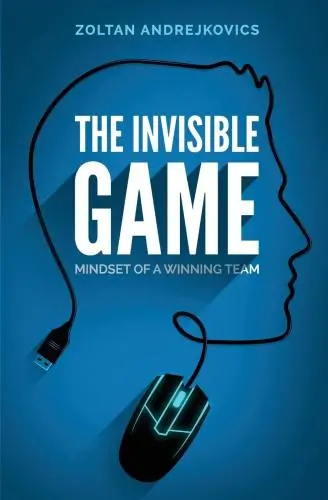
The Invisible Game
Zoltan Andrejkovics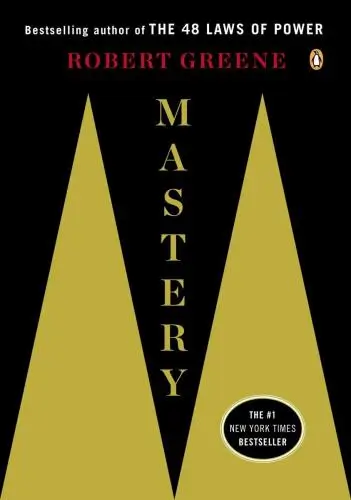
Mastery
Robert Greene
How Will You Measure Your Life?
Clayton M. ChristensenTrending Summaries

Peak
Anders Ericsson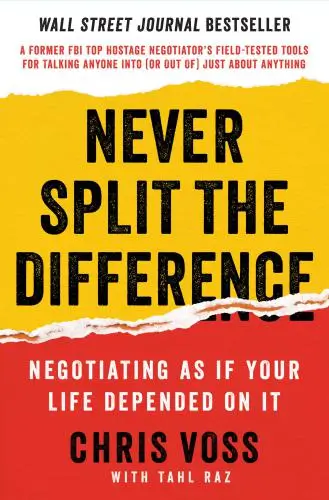
Never Split the Difference
Chris Voss
Smart Brevity
Jim VandeHei
The Psychology of Money
Morgan Housel
The First 90 Days
Michael D. Watkins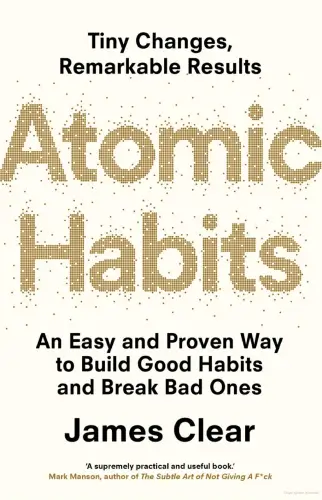
Atomic Habits
James Clear
Thinking, Fast and Slow
Daniel Kahneman
The Body Keeps the Score
Bessel van der Kolk M.D.
The Power of Regret
Daniel H. Pink
The Compound Effect
Darren HardyNew Books
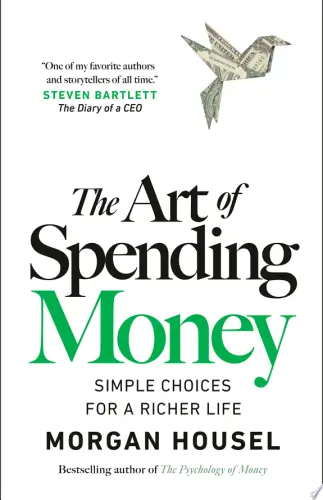
The Art of Spending Money
Morgan Housel
$100M Offers
Alex Hormozi
A Candle for Kiri
Edna Mae Holm
Principles of Marketing, Global Edition
Gary Armstrong
Serpent Rising: The Kundalini Compendium
Neven Paar
Feeling Is the Secret
Neville Goddard
The 100 Best Business Books of All Time
Jack Covert
My Oxford Year
Julia Whelan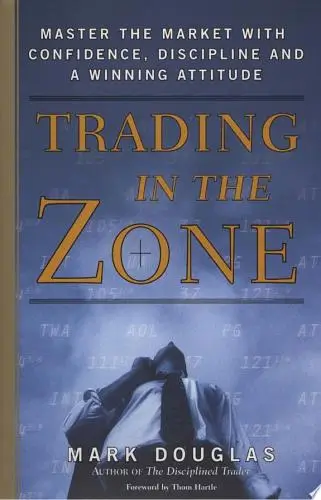
Trading in the Zone
Mark Douglas

